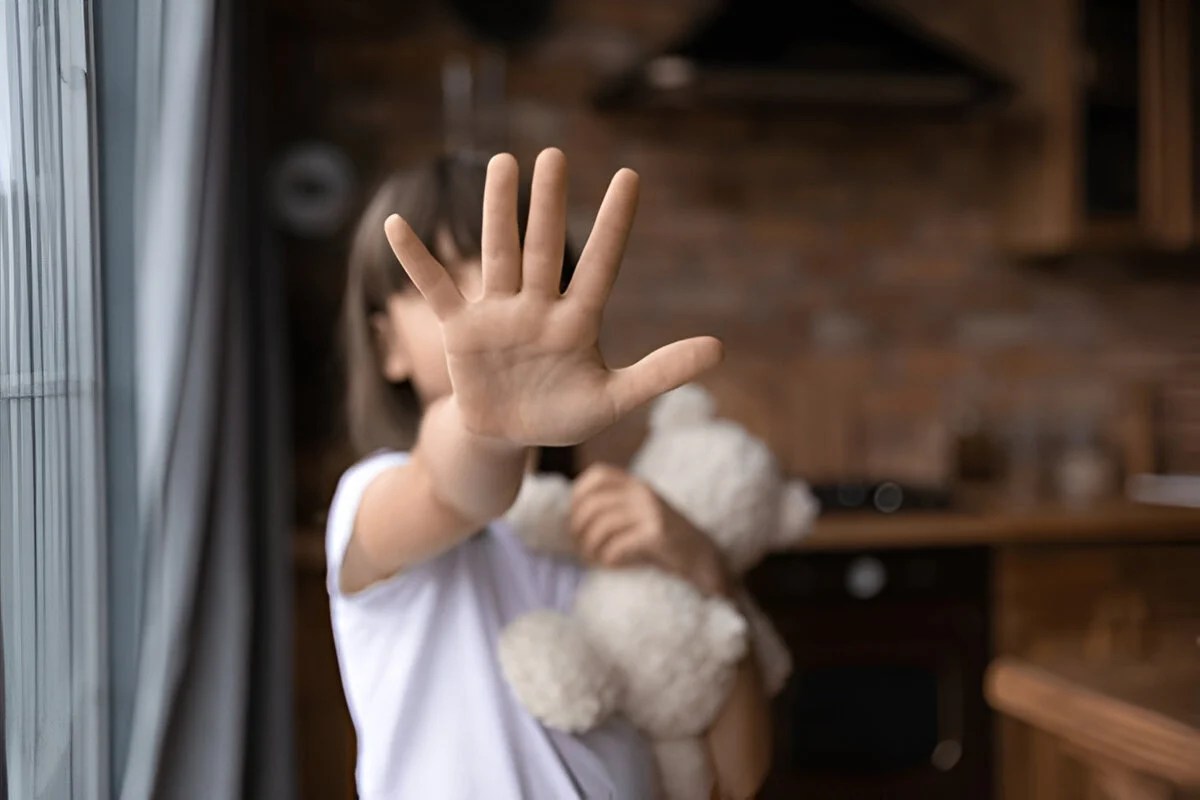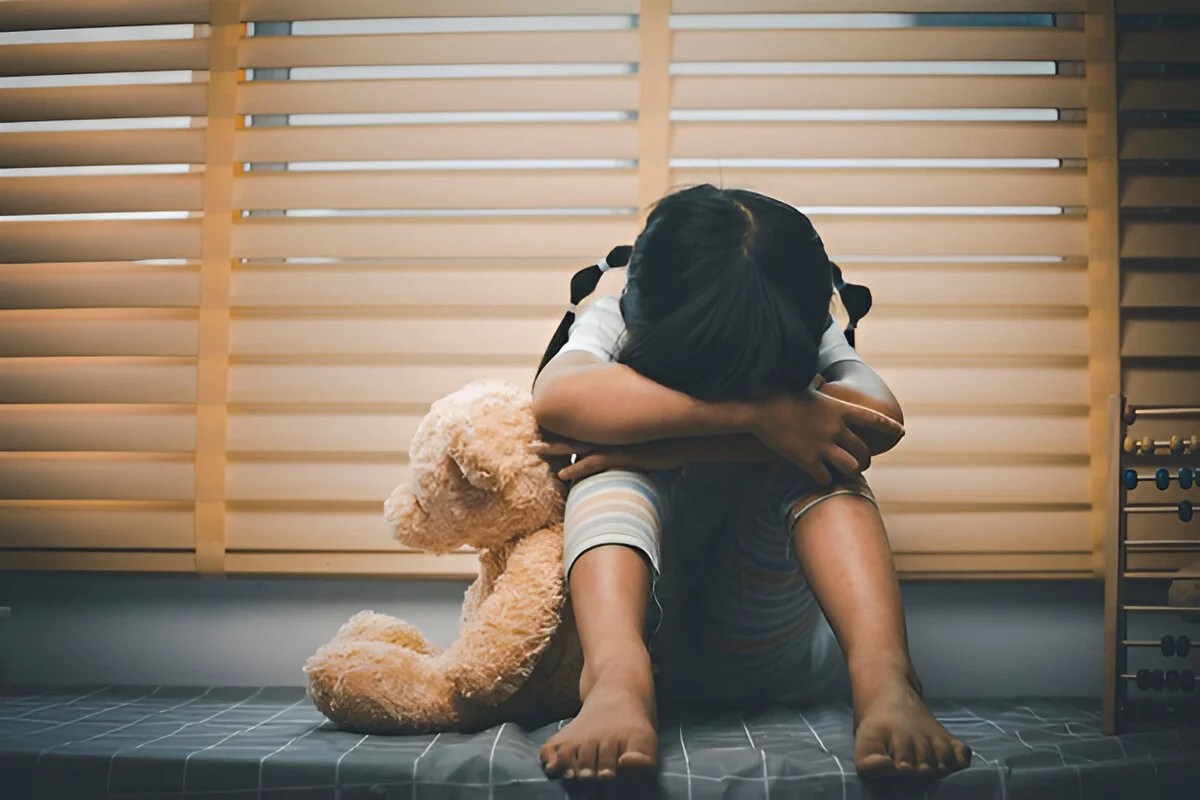Introduction
It’s not always easy to talk about what happened when we were kids. But for many, understanding how to overcome trauma in childhood is an important step toward feeling whole again—especially for those who have lived through painful or challenging experiences early in life. Childhood trauma can stay with us long after the events are over—shaping how we think, feel, and relate to others well into adulthood. The good news? Healing childhood trauma is possible, and it’s never too late to begin.
If you’ve experienced childhood trauma—or love someone who has—this guide can help you take the next step forward. Whether the trauma came from abuse, neglect, loss, or feeling unsafe, there are clear ways to understand it, work through it, and feel better.
What You’ll Learn in This Guide:
- How childhood trauma affects the brain, body, and relationships
- What healing from trauma looks like—from self-care to trauma-focused therapy
- Practical tools to help yourself or your child feel safe, supported, and strong again
Let’s take it one step at a time—together.
Why Healing from Childhood Trauma Matters
What happens to us early in life can shape how we feel, relate to others, and care for ourselves. Children who experience trauma, like emotional neglect or physical harm, are at risk of developing physical and mental health disorders, as the experience can change the way their brain and body respond to the world. These changes can carry into adulthood if the trauma remains unresolved.
Some children may experience one traumatic event, while others live through ongoing stress, which is often called adverse childhood experiences (ACEs). These can increase the risk of future physical and mental health problems, substance use, and chronic health conditions.
Studies show that:
- Nearly 64% of adults in the U.S. have faced at least one ACE before their 18th birthday.
- Adults who faced multiple ACEs as children are more likely to deal with substance abuse and mental health issues.
The impact is real—but so is the possibility of healing. When the trauma is acknowledged and treated, people can feel more in control, more connected, and more hopeful.
The Healing Process: How Recovery from Early Trauma Can Unfold
Overcoming childhood trauma doesn’t happen overnight. It takes time, care, and the right kind of support. While every journey is different, many people move through a few common stages as they begin to cope with traumatic events and heal from early-life pain.
This isn’t a checklist. It’s more like a guide that helps explain what healing can look like, especially for people who experienced childhood trauma that still feels unresolved.
1. Building Safety
The first step is feeling secure—inside and out. This means creating routines, calming the nervous system, and connecting with people who make you feel safe. Without that sense of stability, deeper healing can feel out of reach.
2. Processing the Past
Once there’s a foundation of safety, people can start to explore what happened. This might include talking through events, working with a trauma-focused therapist, or using creative outlets like art therapy to express painful memories.
3. Reconnecting with Life
This stage is about finding meaning and moving forward. People might rebuild relationships, develop better abilities to cope with stress and other lasting effects, or work on emotional and psychological regulation. For many trauma survivors, this part of the journey brings a renewed sense of hope and strength.
Everyone heals at their own pace. What matters most is feeling supported without judgment each step of the way.
How Long Does It Take to Heal from Childhood Trauma?
There’s no one-size-fits-all answer. Some people feel stronger within a few months, while others work through emotional wounds and post-traumatic stress disorder (PTSD) for years. Healing depends on many factors—like how young the child was when the trauma occurred, how often it happened, and whether support was available at the time.
For someone who experienced a single event, the healing process may be more straightforward. But when a child has lived through repeated stress or abuse, the effects of childhood trauma may last much longer and run deeper. Unresolved childhood trauma in adults can even continue to shape behavior, mood, and health well into adulthood if not addressed.
What Affects the Healing Timeline?
- Age at the time of the event
- Type of trauma
- Presence of a stable caregiver
- Access to substance abuse and mental health services
- Current mental health treatment and support system
While time is a factor, consistent support and a sense of safety matter just as much. Progress might be slow at times, but every step forward counts.
Ways to Support Your Own Healing After a Traumatic Childhood
While professional help can make a big difference, some people begin their healing by working through feelings and patterns on their own. If you’re trying to understand your past or make sense of how it affects your life now, there are things you can do that are gentle, safe, and helpful.
These small steps don’t erase what happened—but they can help children and adults feel more grounded, more present, and more in control of their responses.
1. Journal with Purpose
Writing helps you explore thoughts that may feel tangled in your mind. You can start by answering simple questions: What did I need as a child? Or, What makes me feel safe now? Over time, this kind of writing may help you connect with parts of yourself that still need care.
2. Practice Inner-Child Care
Many people who experienced childhood trauma benefit from “reparenting” exercises. That means offering yourself the kind of comfort and support you needed back then. You might say kind words to yourself, create new routines, or even look at photos from childhood with compassion.
3. Move Your Body Gently
Stress often lives in the body. Mindful movement—like stretching, walking, or yoga—can help release tension and restore a sense of calm.
4. Limit Overwhelm
If certain environments or people leave you feeling triggered or unsafe, it’s okay to set boundaries. Healing includes learning to protect your peace.
5. Seek Out Supportive Spaces
Support groups, books, podcasts, or trusted friends can help you feel less alone. Sometimes just hearing “me too” is enough to shift something inside.
You don’t have to do everything at once. Every act of kindness toward yourself helps rebuild trust—one choice at a time.
Therapies That Help People Heal from a Difficult Childhood
Sometimes, the pain from early experiences is too heavy to carry alone. That’s where trained mental health professionals can make a difference. Therapy isn’t about fixing you—it’s about helping you feel understood, safe, and supported as you sort through what happened.
Several kinds of therapy have been shown to reduce the long-term effects of childhood trauma. They each work in different ways but share one goal: helping people feel better, both emotionally and physically.
Here are some evidence-based therapies that help:
Cognitive Behavioral Therapy (CBT)
Helps change patterns of thinking and behavior that may have formed as a response to early pain. Often used for anxiety, depression, and other struggles related to trauma.
Trauma-Focused CBT (TF-CBT)
Especially effective for children and teens. This method combines emotional safety with clear steps for talking through traumatic memories in a way that feels manageable.
Compassion-Focused Therapy (CFT)
Focuses on building warmth and care toward yourself. People who blame themselves for the trauma often find this approach deeply healing.
Somatic-Based Therapies
Some types of childhood trauma can cause physical symptoms—tension, fatigue, or pain. These therapies use movement, breath, and body awareness to support healing.
Dialectical Behavior Therapy (DBT)-Informed Approaches
These methods teach emotional skills and help with big feelings that may come from a traumatic past.
Attachment and Relationship Work
Some people struggle with closeness or trust because of early life experiences. Therapies like Emotionally Focused Therapy (EFT) or the Gottman Method help rebuild safer connections.
Working with a therapist can help you better understand the impact of trauma and develop ways to manage it. It also offers a space to speak freely, without judgment—something many trauma survivors never had as kids.
How to Support a Child Who’s Been Through a Difficult Experience
If you’re caring for a young person who’s been hurt emotionally or physically, your support can make a powerful difference. When children experience trauma, they often don’t have the words to explain how they feel. They may act out, shut down, or seem confused by heightened emotional triggers. What they need most is a steady adult who helps them overcome their confusion and pain to feel safe again.
Here are a few ways to make your child or teen feel more secure and supported after a traumatic event:
1. Create Structure
Routines help rebuild a sense of safety. Knowing what to expect each day makes the world feel less uncertain.
2. Listen Without Pressure
Let them speak in their own time and in their own way. Simple responses like “I’m here” or “That sounds really hard” go a long way.
3. Offer Comfort Through Connection
Being physically present—whether it’s reading together, sharing a meal, or just sitting nearby—can help make a child feel seen and cared for.
4. Watch for Changes
Sleep issues, mood swings, or trouble in school may be signs of stress. If these continue, a mental health professional can help.
5. Speak Kindly About Emotions
Let your child know that all feelings are allowed. This helps promote emotional regulation and builds long-term resilience.
Supporting recovery isn’t about fixing every problem—it’s about showing up consistently. Helping your child heal starts with small moments of trust and care, over and over again.
Frequently Asked Questions
Q. Can adults really recover from things that happened in childhood?
Yes, healing is possible—even many years later. People who experienced childhood trauma may learn new ways to respond, build safer relationships, and feel more grounded. With time and the right kind of support, the past doesn’t have to define the future.
Q. Can trauma show up years after the event?
It can. Some people may go through life without fully realizing how early experiences affected them until something brings those feelings to the surface. This might happen during a major life change, conflict, or when becoming a parent. These delayed responses are normal and valid.
Q. What if I don’t remember much from my early years, but still feel unsettled?
Not all trauma is remembered clearly. Some traumatic experiences in childhood can leave behind emotional patterns or physical responses without detailed memories. You don’t have to remember everything for healing to begin.
Q. Is it common to feel shame or guilt about what happened?
Very common. Many children may blame themselves for the trauma. That feeling can linger and cause deep emotional pain. Talking about these beliefs with a supportive person can help ease the weight of that guilt.
Q. How can I help someone else without triggering their pain?
Start by being present, not perfect. Let them guide the conversation. Ask how you can support them and be open to learning. Respect their pace, and avoid pushing them to talk if they’re not ready.
Closing Thoughts on How to Overcome Trauma in Childhood
Healing from difficult childhood experiences takes strength, patience, and support. Whether you’ve just begun thinking about your past or have been working through it for years, it’s okay to move at your own pace. Each step—no matter how small—can help you feel more connected to yourself and the life you want to live.
If you’re ready to talk to someone who understands, The Compassion Practice is here to support you with care that’s thoughtful, trauma-aware, and always focused on your well-being.
Reach out when you’re ready. We’ll meet you with kindness and help you find the support that fits your needs.











